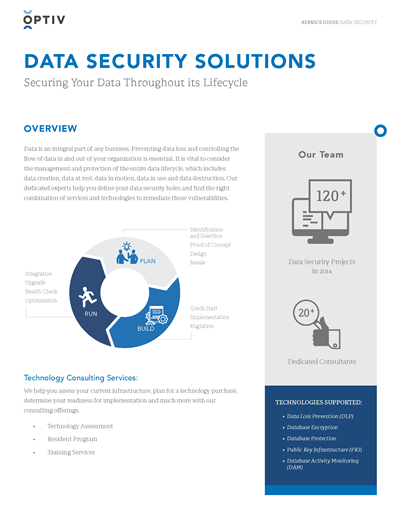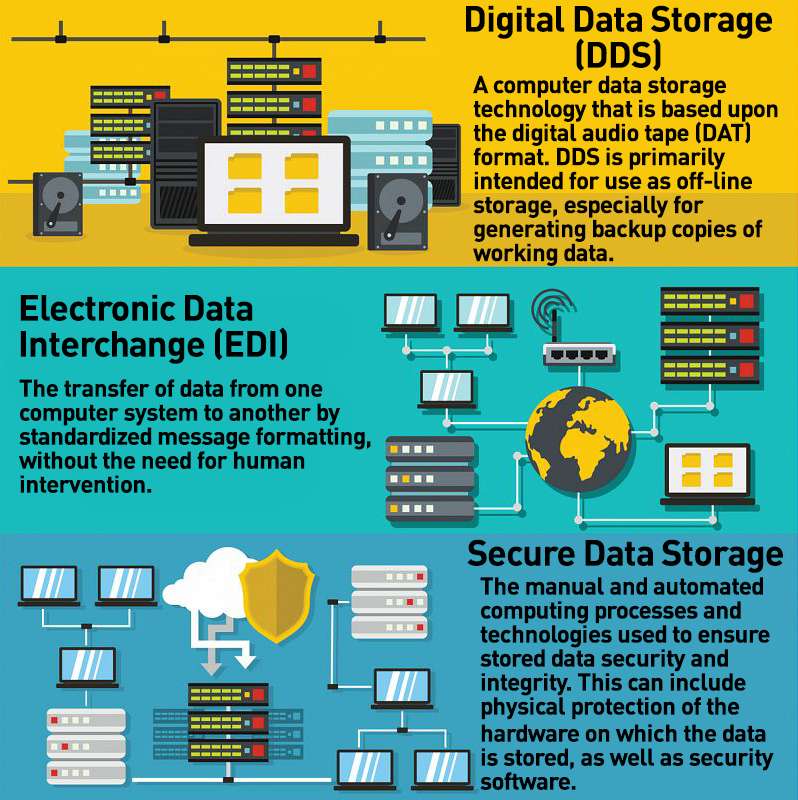How to Integrate Data Destruction Techniques right into Your Cyber Security Technique
How to Integrate Data Destruction Techniques right into Your Cyber Security Technique
Blog Article
Discovering the Relevance of Information Devastation in the Context of Computer System Safety Solutions and Protecting Confidential Data
In a period where data violations are increasingly usual, the relevance of effective information damage can not be overstated. What techniques can companies execute to enhance their information destruction methods?
Comprehending Data Destruction
Data devastation is a vital element of computer system security that entails the irreversible elimination of data from storage gadgets to avoid unapproved access and prospective data breaches. In a progressively electronic landscape, companies encounter enhanced threats connected with sensitive information being incorrectly accessed or made use of. Efficient data damage safeguards against these dangers, making certain that personal dataâEUR" such as consumer details, intellectual residential property, and economic recordsâEUR" can not be recouped after disposal.
Recognizing the value of information damage prolongs beyond mere conformity with lawful and governing frameworks; it is vital for preserving organizational integrity and trust fund. When information is incorrectly handled or inadequately destroyed, the repercussions can be serious, including economic loss, reputational damages, and legal liabilities.

Methods of Information Eradication

One widespread approach is information cleaning, which entails overwriting existing information with arbitrary patterns numerous times. This strategy provides the initial information irretrievable, making it a preferred selection for companies looking for to protect secret information.
An additional approach is degaussing, which makes use of an effective electromagnetic field to interrupt the magnetic domains on storage devices, effectively erasing the information. This strategy is specifically efficient for magnetic media however is not appropriate to solid-state drives.
Physical destruction is another durable technique, including the shredding or crushing of storage devices. This approach assurances that data recovery is basically difficult, making it suitable for highly delicate info.
Finally, encryption can offer as a complementary approach to information elimination. By encrypting information prior to removal, companies can add an additional layer of protection, making sure that even if residues are recuperated, they continue to be unattainable without the decryption key. Each approach ought to be picked based on the degree of data level of sensitivity and the certain safety and security needs of the organization.
Legal Conformity and Data Protection
Organizations should browse an intricate landscape of legal requirements connected to data protection, especially after applying methods of information eradication. Different regulations, such as the General Data Defense Regulation (GDPR) and the Health And Wellness Insurance Policy Transportability and Responsibility Act (HIPAA), impose rigorous guidelines on just how organizations need to manage and dispose of delicate data. Failing to abide by these laws can result in substantial lawful consequences, including substantial fines and reputational damage.
Information damage processes have to be meticulously documented to show conformity with relevant regulations and standards. This paperwork not navigate here only functions as evidence of adherence to lawful responsibilities yet also illustrates a dedication to protecting sensitive details. Organizations should also develop clear policies concerning data retention and destruction timelines, ensuring that data is not held longer than necessary.

Furthermore, regular audits and evaluations of data damage practices are necessary to maintain conformity and adapt to evolving lawful structures (data destruction). By proactively addressing lawful requirements, organizations can alleviate risks connected with information violations and show their dedication to data safety. Eventually, prioritizing lawful conformity in data damage procedures is not just a regulatory obligation, however a basic aspect of a durable information safety and security approach
Impact on Service Credibility
The reputation of an organization can be considerably impacted by its method to data destruction and monitoring. In today's electronic landscape, where data breaches can happen at any kind of moment, the failure to effectively dispose of sensitive details can lead to extreme effects. Organizations that improperly manage data destruction risk exposing personal customer info, which not just breaches personal privacy laws yet likewise erodes depend on amongst stakeholders and customers.
A tarnished reputation can lead to decreased consumer loyalty, as customers become hesitant to involve with a service that has demonstrated oversight in securing their data. Adverse publicity surrounding a data violation can have a long lasting result, as prospective clients may be discouraged by the regarded absence of protection. This can cause a direct decrease in profits and market share.
Moreover, businesses that prioritize information devastation as part of their protection technique can boost their credibility by showcasing their commitment to guarding delicate details. By embracing stringent information management techniques, organizations can not only reduce risks yet additionally position themselves as trustworthy entities in their particular industries, therefore reinforcing their general brand name image.

Ideal Practices for Secure Disposal
Applying best techniques for protected disposal of information is vital for minimizing dangers connected with information violations and making certain conformity with privacy policies. Organizations ought to take on a thorough data disposal plan that describes procedures for both digital and physical information damage.
For physical information storage space gadgets, such click to read more as hard drives, shredding or degaussing is recommended to avoid information healing. Furthermore, companies must preserve a chain of custodianship documentation during the disposal procedure, making sure responsibility and traceability of disposed things.
For digital information, using software application that complies with industry standards for data cleaning is critical. This software application should overwrite existing data multiple times, making healing basically impossible. It is also vital to validate the performance of the data devastation procedure via audits or third-party evaluations.
Training workers on secure disposal practices includes another layer of safety, as human error can frequently bring about data direct exposure. On a regular basis evaluating and updating disposal policies makes sure alignment with developing policies and technical advancements. By implementing these best techniques, companies can substantially decrease the danger of unapproved information gain access to and boost their total data security strategy.
Conclusion
To conclude, data destruction is a basic aspect of computer security services that guarantees the protection of secret information from unapproved gain access to. Carrying out reliable methods of information removal, adhering to lawful compliance, and recognizing the influence on organization track record are vital elements of a comprehensive data safety and security approach. By taking on ideal methods for safe and secure disposal, organizations can foster count on with clients and guard delicate data, inevitably adding to a much more secure electronic landscape.
In a period where data breaches are significantly typical, the importance of efficient data destruction can not be basics overstated.Information destruction is an important element of computer safety that involves the irreversible elimination of data from storage space tools to stop unapproved gain access to and potential data breaches. Organizations needs to additionally develop clear plans pertaining to data retention and damage timelines, making sure that data is not held longer than necessary.
By proactively resolving lawful demands, organizations can reduce dangers linked with information breaches and show their commitment to information protection (data destruction). Inevitably, prioritizing legal conformity in data destruction procedures is not simply a regulatory obligation, yet a basic aspect of a robust information safety and security technique
Report this page